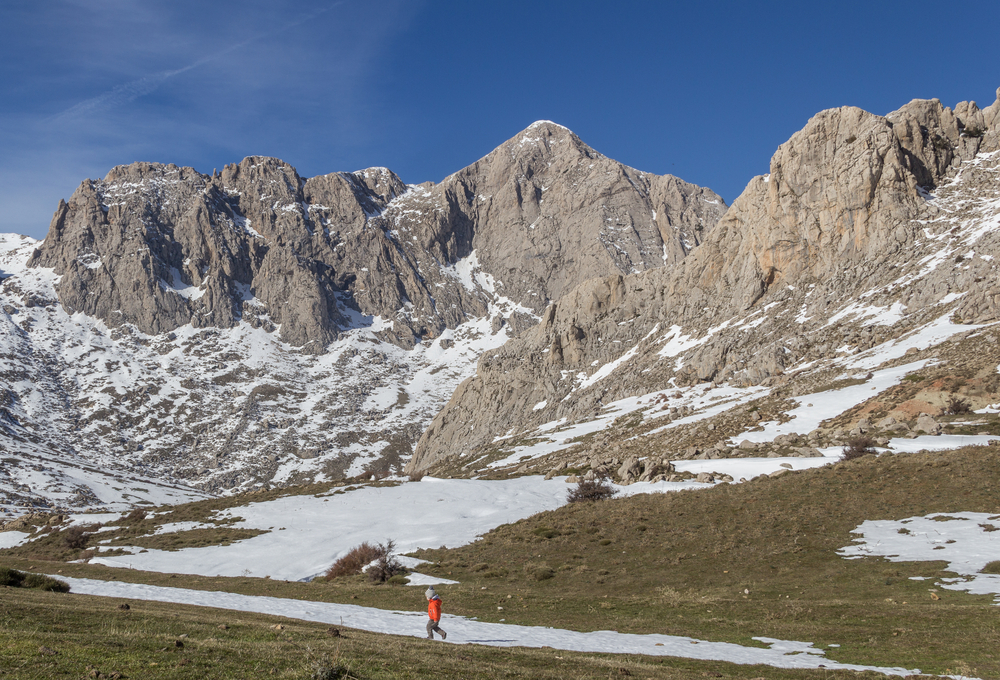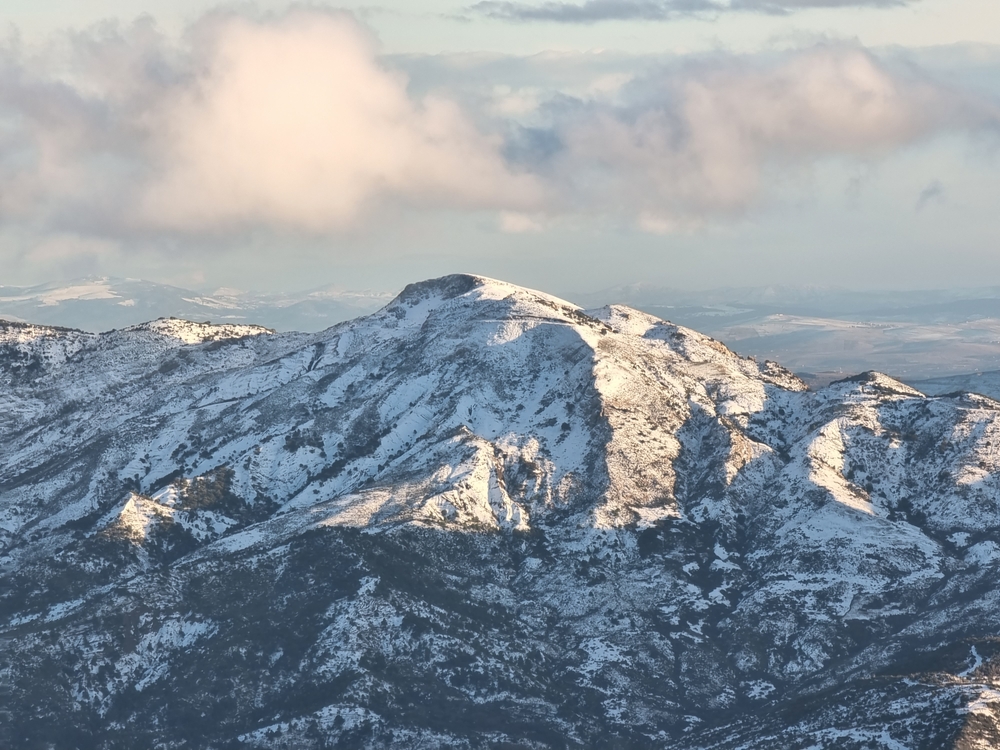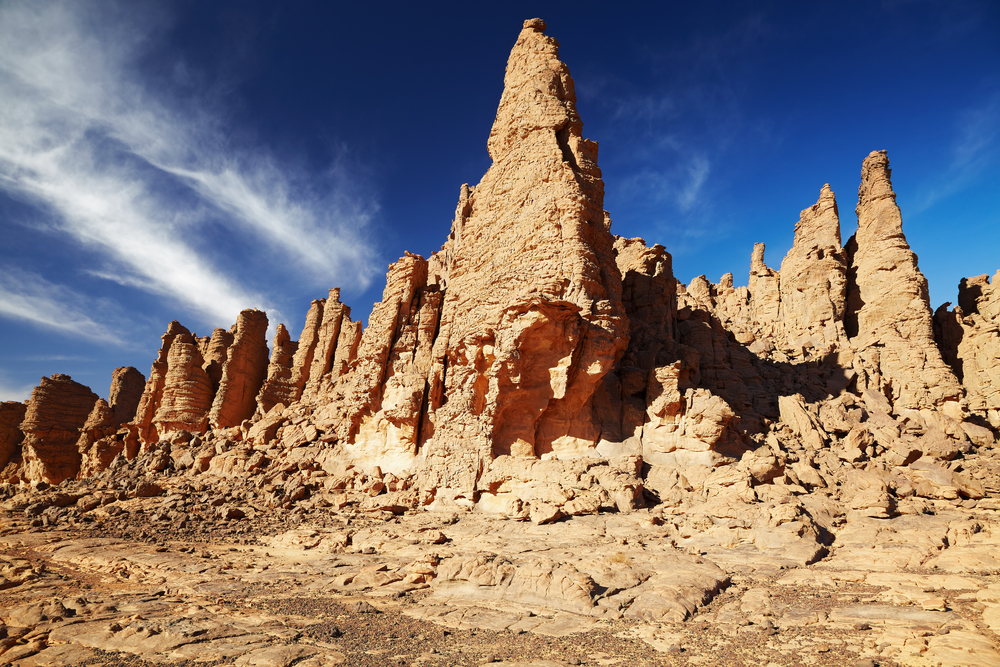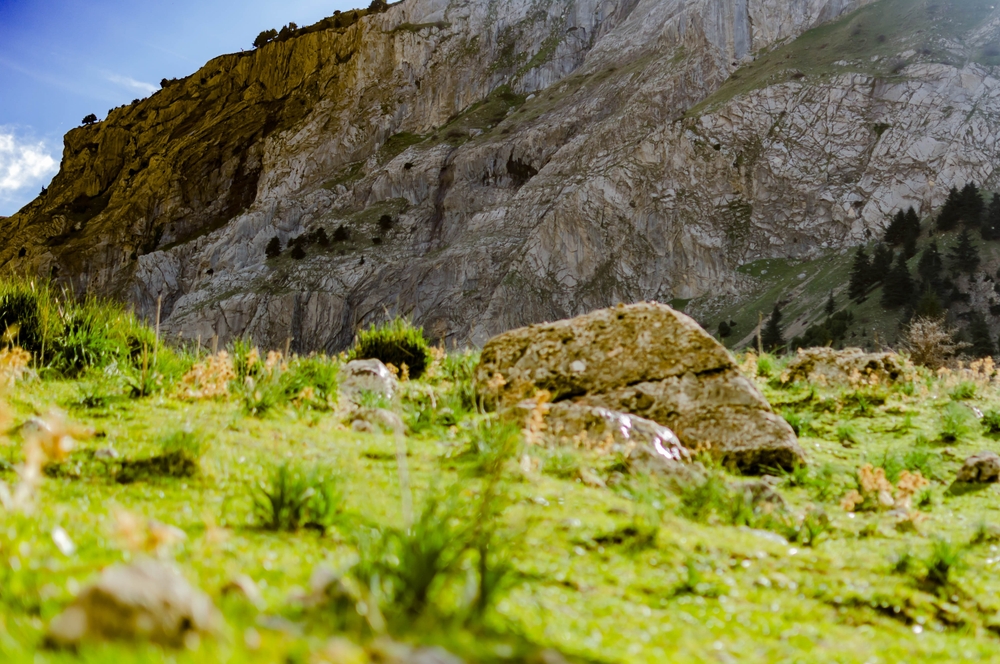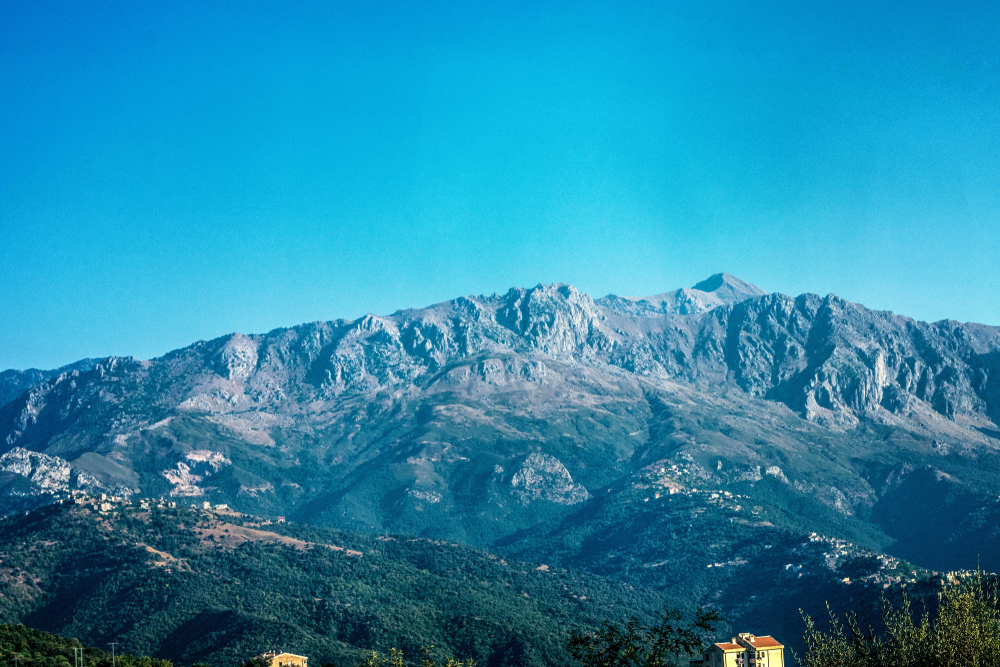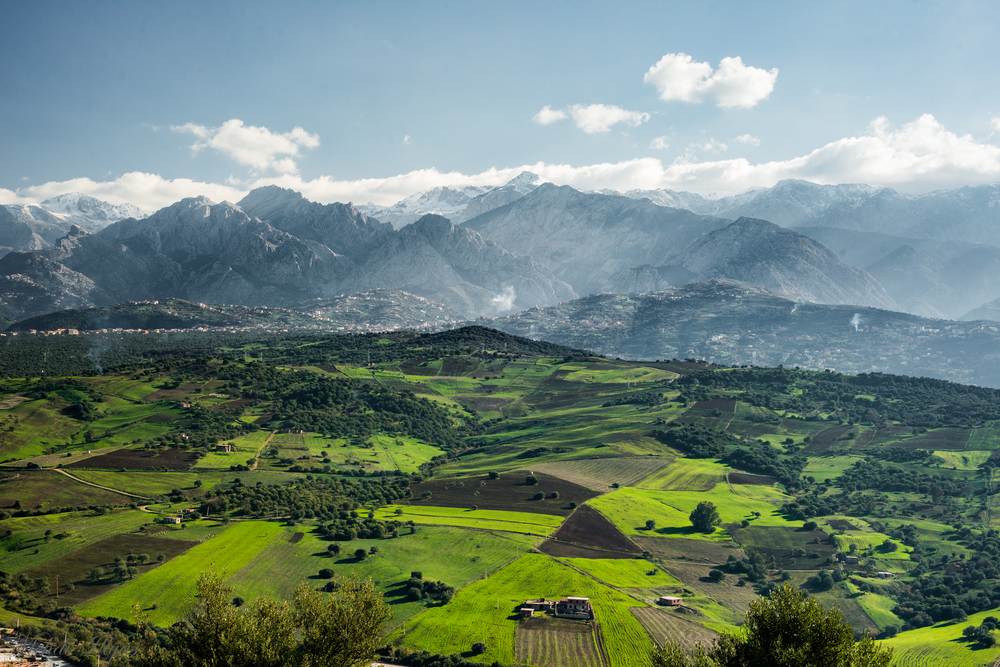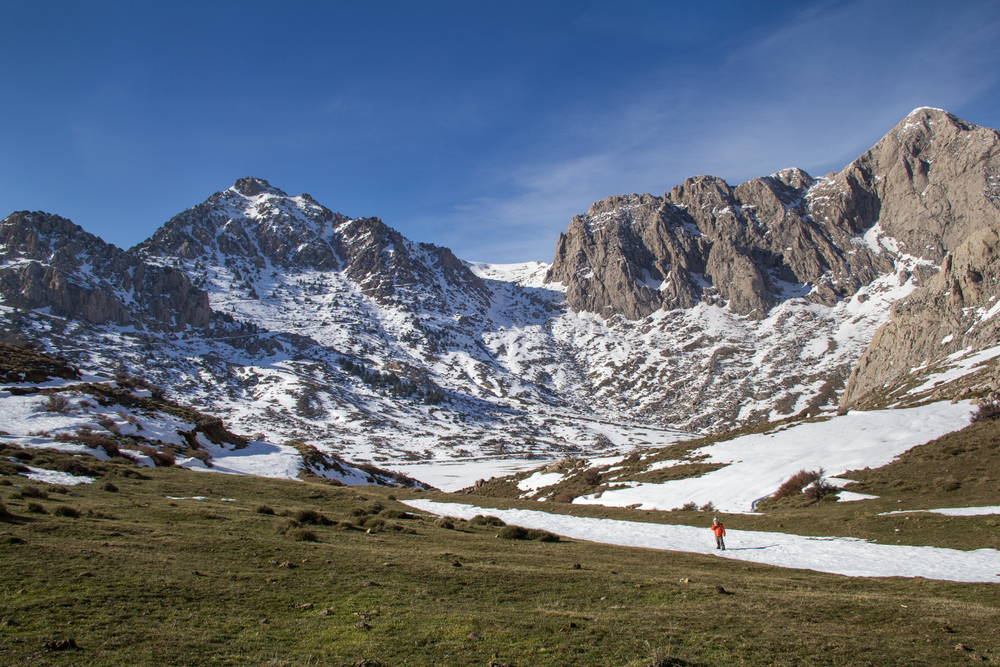Djurdjura Overview
Djurdjura National Park (in Arabic: الحديقة الوطنية جرجرة, French: Parc National du Djurdjura) is located in the Kabylie region of northern Algeria, within the Djurdjura Mountains, a subrange of the larger Tell Atlas. Established in 1983, the park covers an area of approximately 32 square miles (83 square kilometers) and is known for its rugged mountainous terrain, deep gorges, and rich biodiversity. The park is located about 90 miles (145 kilometers) east of Algiers, making it a popular destination for both locals and international tourists seeking outdoor adventure and natural beauty.
The landscape of Djurdjura National Park is dominated by limestone peaks, steep cliffs, and deep valleys. The highest peak, Lalla Khedidja, rises to 7,572 feet (2,308 meters), offering breathtaking panoramic views of the surrounding area. The park is known for its dramatic rock formations, caves, and natural springs, which make it a hotspot for hikers, climbers, and cavers. In winter, the higher elevations receive snowfall, transforming the area into a ski destination.
The vegetation in Djurdjura is diverse, reflecting the Mediterranean climate and elevation changes. The lower slopes are covered with oak, cedar, and pine forests, while higher elevations support alpine vegetation. The Atlas cedar (Cedrus atlantica) is particularly prominent, creating dense forests that provide habitats for numerous species.
The wildlife in Djurdjura National Park includes several endangered and rare species. Barbary macaques, a species of monkey native to North Africa, are one of the park’s most iconic animals. Other notable species include wild boars, foxes, and jackals. Birdlife is abundant, with species like golden eagles, peregrine falcons, and Bonelli’s eaglesfrequently spotted. The park’s unique combination of dramatic landscapes, rich flora, and diverse fauna make it an important conservation area in Algeria.
Park Map
Djurdjura National Park Highlights
Engaging Djurdjura National Park
Related National Parks More Algeria
Sources
- Algeria, Djurdjura National Park, https://www.algeria.com/attractions/national-parks/djurdjura-national-park/, retrieved August 2024.
- African Tour Operators, Djurdjura National Park, https://www.africatouroperators.org/algeria/djurdjura-national-park/, retrieved August 2024.
- Archiqoo, Djurdjura National Park, https://archiqoo.com/categories/nature_reserves_sub_lists.php?subsite=djurdjura_national_park, retrieved August 2024.
- Live the World, Djurdjura National Park, https://www.livetheworld.com/activities/algeria/djurdjura-national-park, retrieved August 2024.
- Wikipedia, Djurdjura National Park, https://en.wikipedia.org/wiki/Djurdjura_National_Park, retrieved August 2024.








































































